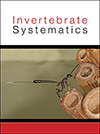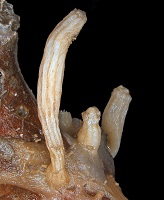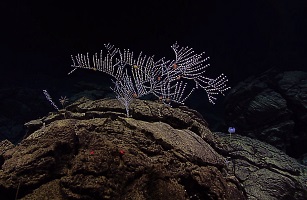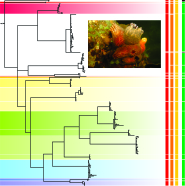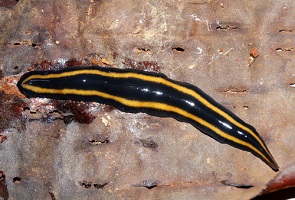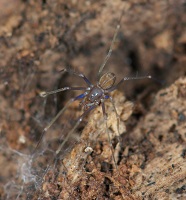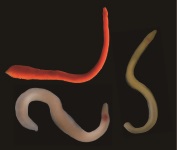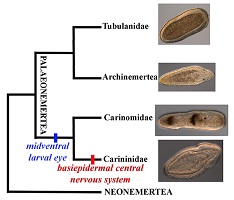
Despite the advances in phylogenetic systematics of invertebrates, the taxonomic literature continues to be plagued by references to ‘archaic’ taxa, possessing what are thought to be ‘primitive’ features. Such is the case for the palaeonemertean genus Carinina, often referred to as the most archaic nemertean taxon because of the superficial position of its nervous system. Here we describe two new species of Carinina from the north-east Pacific and the Sea of Japan, and present a phylogeny of the class Palaeonemertea based on the sequences of five gene regions, which suggests that Carinina is no more basal than any other genus of palaeonemerteans, and that its basiepithelial nervous system is likely a derived rather than an ancestral state for the phylum.


